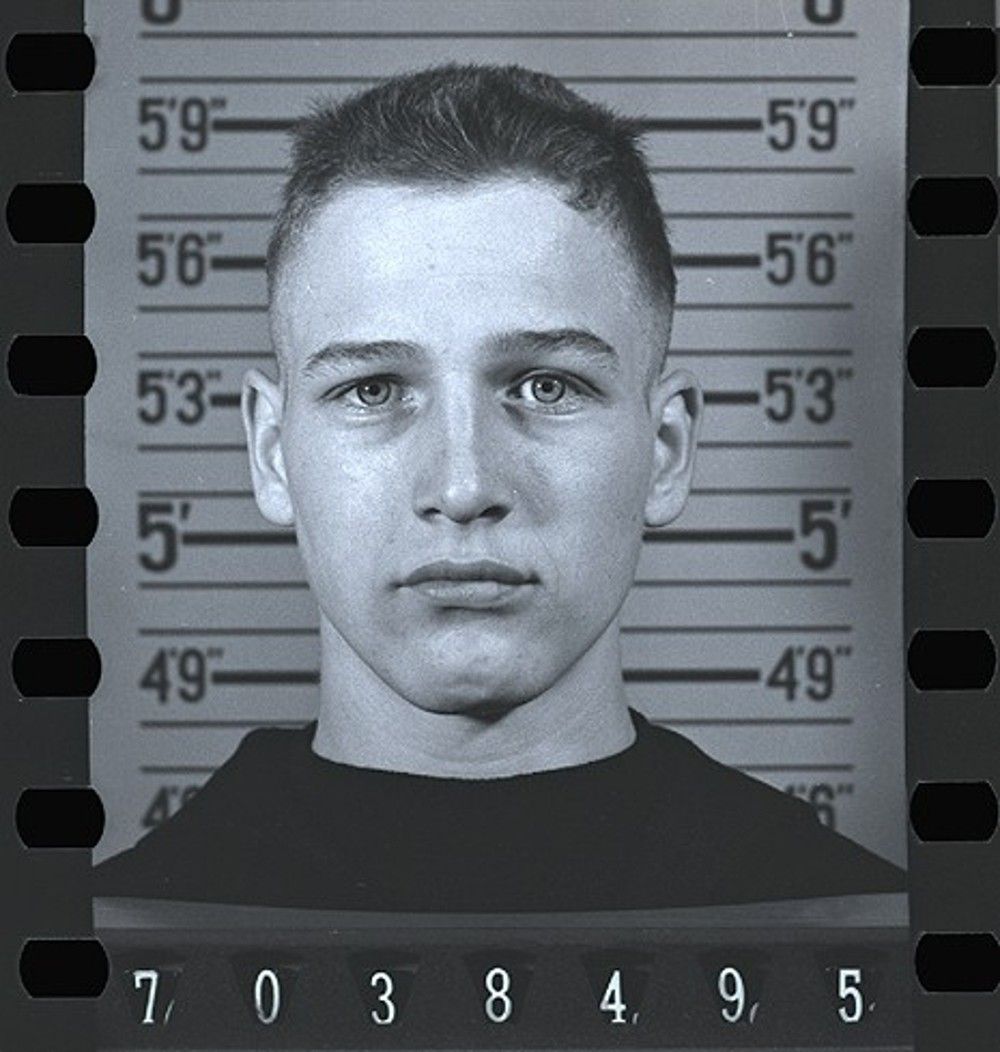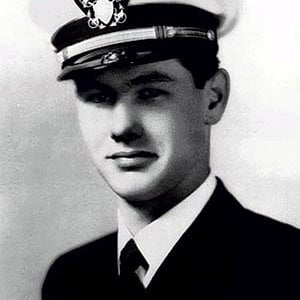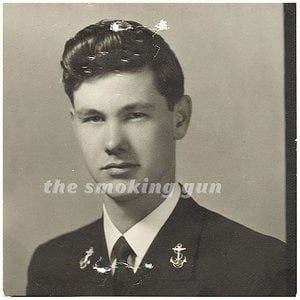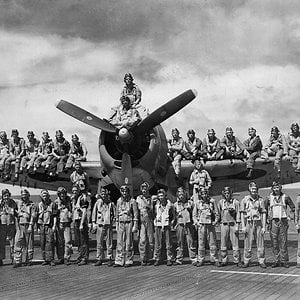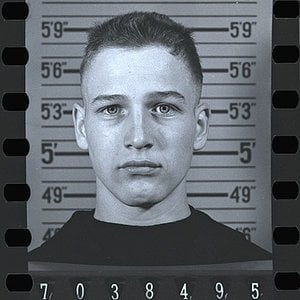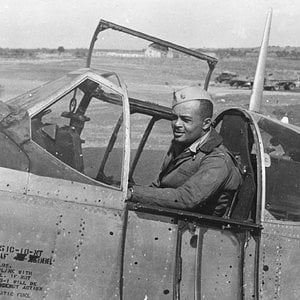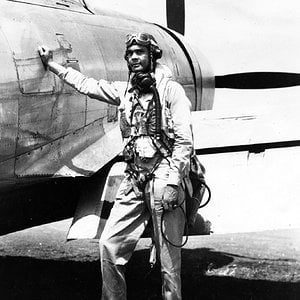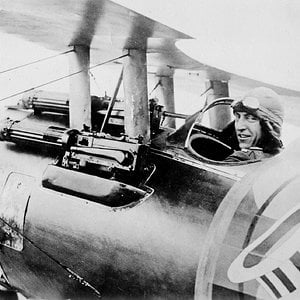Navigation
Install the app
How to install the app on iOS
Follow along with the video below to see how to install our site as a web app on your home screen.
Note: This feature may not be available in some browsers.
More options
You are using an out of date browser. It may not display this or other websites correctly.
You should upgrade or use an alternative browser.
You should upgrade or use an alternative browser.
Most Americans know actor Paul Newman had an Academy Award to his credit, but few know his list of awards also include a Navy Combat Action Ribbon and the coveted Combat Aircrew Wings he got while serving as an aviation radioman and aerial gunner during World War II.
Newman, 83, died Sept. 26 after a long battle with cancer.
According to information provided by Navy Personnel Command and the Naval Historical Center, the future blue-eyed actor enlisted in the Navy on Jan. 22, 1943 — four days before his 18th birthday — with the hopes of becoming an officer and an aviator flying off carriers.
While waiting for his application for officer training to go through, Newman attended Ohio University in Athens.
When his approval came through, he was ordered to report on July 1 to the Navy V-12 program at Yale University in New Haven, Conn. His hopes for a commission and pilot's wings were dashed four months later after a flight physical discovered he was colorblind.
Instead, he was shipped a few miles down the road to the Navy's boot camp at Newport, R.I. Graduating three days after Christmas, Newman was selected to train as an aviation radioman and reported to the Naval Air Technical Training Center in Jacksonville, Fla., on Jan. 8, 1944.
He would not leave Jacksonville until July 20, having completed radio school and qualified as an aerial gunner — enabling him to be aircrew on carrier-based aircraft.
Aviation Radioman 3rd Class Newman spent a few months at Naval Air Station Miami before transferring to NAS Barber's Point, Hawaii, where he would serve in three Pacific-based replacement torpedo squadrons, VT-98, VT-99, and VT-100.
While he was with VT-99, training personnel in TBM-1Cs, TBM-3s and TBF-1cs, the squadron moved to Eniwetok, then to Guam, and in January 1945 on to Saipan. The squadron would ferry replacement pilots and aircraft to carriers around the fleet.
Though Newman did see scattered combat, his closest brush with death came in May 1945.
Operating from Saipan, Newman and a number of other aircrews from his squadron had been ordered with their TBM Avenger aircraft to be replacements onboard the Essex-class aircraft carrier Bunker Hill operating off Okinawa. But Newman's pilot got sick, grounding the aircraft and crew until he could recover.
Just days later, on May 11, two Japanese kamikaze aircraft hit the ship within 30 seconds and in the resulting fires and explosions 346 sailors were killed — among them, the entire contingent from Newman's squadron.
A VT-99 contingent including Newman was aboard the escort carrier Hollandia, which was operating about five hundred miles off Japan when the Enola Gay dropped its atomic bomb on Hiroshima.
Returning home after the Japanese surrender, Newman served with Carrier Aircraft Service Unit 7 in Seattle, Wash. before being discharged Jan. 21, 1946.
Along with his aircrew wings and CAR, he was also awarded the Good Conduct Medal, the American Area Campaign Medal, the Asiatic Pacific Campaign Medal and the World War II Victory Meda
Newman, 83, died Sept. 26 after a long battle with cancer.
According to information provided by Navy Personnel Command and the Naval Historical Center, the future blue-eyed actor enlisted in the Navy on Jan. 22, 1943 — four days before his 18th birthday — with the hopes of becoming an officer and an aviator flying off carriers.
While waiting for his application for officer training to go through, Newman attended Ohio University in Athens.
When his approval came through, he was ordered to report on July 1 to the Navy V-12 program at Yale University in New Haven, Conn. His hopes for a commission and pilot's wings were dashed four months later after a flight physical discovered he was colorblind.
Instead, he was shipped a few miles down the road to the Navy's boot camp at Newport, R.I. Graduating three days after Christmas, Newman was selected to train as an aviation radioman and reported to the Naval Air Technical Training Center in Jacksonville, Fla., on Jan. 8, 1944.
He would not leave Jacksonville until July 20, having completed radio school and qualified as an aerial gunner — enabling him to be aircrew on carrier-based aircraft.
Aviation Radioman 3rd Class Newman spent a few months at Naval Air Station Miami before transferring to NAS Barber's Point, Hawaii, where he would serve in three Pacific-based replacement torpedo squadrons, VT-98, VT-99, and VT-100.
While he was with VT-99, training personnel in TBM-1Cs, TBM-3s and TBF-1cs, the squadron moved to Eniwetok, then to Guam, and in January 1945 on to Saipan. The squadron would ferry replacement pilots and aircraft to carriers around the fleet.
Though Newman did see scattered combat, his closest brush with death came in May 1945.
Operating from Saipan, Newman and a number of other aircrews from his squadron had been ordered with their TBM Avenger aircraft to be replacements onboard the Essex-class aircraft carrier Bunker Hill operating off Okinawa. But Newman's pilot got sick, grounding the aircraft and crew until he could recover.
Just days later, on May 11, two Japanese kamikaze aircraft hit the ship within 30 seconds and in the resulting fires and explosions 346 sailors were killed — among them, the entire contingent from Newman's squadron.
A VT-99 contingent including Newman was aboard the escort carrier Hollandia, which was operating about five hundred miles off Japan when the Enola Gay dropped its atomic bomb on Hiroshima.
Returning home after the Japanese surrender, Newman served with Carrier Aircraft Service Unit 7 in Seattle, Wash. before being discharged Jan. 21, 1946.
Along with his aircrew wings and CAR, he was also awarded the Good Conduct Medal, the American Area Campaign Medal, the Asiatic Pacific Campaign Medal and the World War II Victory Meda

